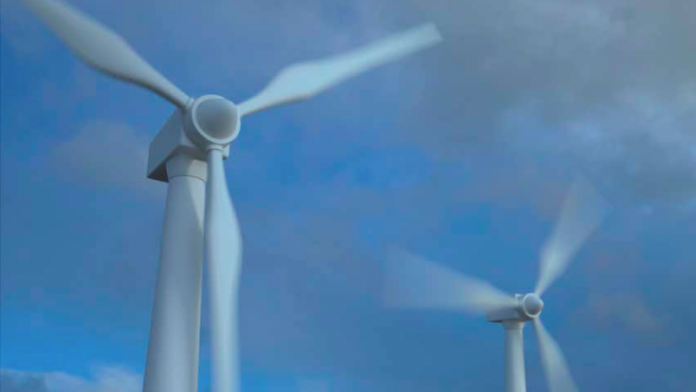
Background
The federal wind production tax credit (PTC) pays 2.3 cents per kilowatt hour (kWh) to qualified wind farms for electricity sold to the market – whether or not the grid actually demands it. The PTC, originally enacted in 1992 and renewed multiple times over the last few decades, expired at the end of 2014, but will continue to provide a hefty subsidy for more than another decade.
Recent adjustments by Congress allow for any project that commenced construction before January 1, 2015 to earn the credit. This revision provided substantial flexibility to investors seeking the PTC by establishing a “physical work” test and a 5-percent safe harbor that allows two years for the wind farm to be placed in actual service.3 Accordingly, the latest extension of the wind PTC would allow qualifying facilities to earn the credit until January 2027.
While the credit has received broad bipartisan support in the past, it has come under increased scrutiny for distorting electricity markets and undermining the competitiveness of baseload power generation, including nuclear reactors. EPA’s recent Clean Power Plan (CPP) – which forces states to cut an average of 32 percent of their carbon emissions before 2030 — also calls into question the continued need for the tax credit because it provides substantial subsidies to wind and locks in wind carve-outs under state renewable portfolio standards.
Full Report: Clean Power Plan Subsidies for Wind Reinforces Arguments Against Renewing the PTC





